When it comes to upper body aesthetics and functional strength, your forearms often don’t get the spotlight they deserve. Whether you’re gripping a barbell, swinging a golf club, or simply opening a tight jar, strong forearms are essential. Yet, many people overlook direct forearm training. In this article, we'll cover how to exercise your forearms effectively — with proven techniques, real-world tips, and a sample workout you can start using today.
Why Your Forearms Matter More Than You Think
Your forearms play a crucial role in nearly every pulling or lifting motion. These muscles are responsible for wrist flexion, extension, and grip strength — all of which affect your performance in compound lifts, sports, and everyday activities. Weak forearms can become the bottleneck in your training. You might have a powerful back or chest, but if your grip gives out first, you’re leaving strength gains on the table.
How to Work on Your Forearms: The Basics
Forearm muscles can be broken into two major areas:
-
Flexors (inside of the forearm)
-
Extensors (outside of the forearm)
Both sets of muscles need attention to develop a balanced, functional, and aesthetic look.
Start with these foundational movements:
-
Wrist Curls – Sit on a bench, rest your forearms on your thighs, and curl a light barbell using only your wrists.
-
Reverse Wrist Curls – Same setup as above, but with your palms facing down to hit the extensors.
-
Hammer Curls – Target both the biceps and forearms with a neutral grip.
-
Farmer’s Carries – One of the most effective exercises for developing grip and forearm endurance.
-
Dead Hangs – Simply hang from a bar and let gravity do the work. Your grip and forearm strength will skyrocket over time.
Forearm Workout You Can Do at Home or the Gym
Forearm Focused Routine (15–20 minutes)
-
Wrist Curls – 3 sets x 15 reps
-
Reverse Wrist Curls – 3 sets x 15 reps
-
Hammer Curls – 3 sets x 10 reps
-
Dead Hangs – 3 sets x max time
-
Farmer’s Carry (with dumbbells or kettlebells) – 3 rounds of 30 seconds
Use moderate weights and strict form. Forearms respond well to both volume and time under tension.
How to Train Your Forearms Without Overtraining
Because your forearms are involved in so many lifts, it's easy to overwork them. Ideally, train them 2–3 times per week, either at the end of your workout or on a dedicated arm day. If you're doing heavy pulls (like deadlifts or rows), that already provides some stimulation. Add isolation work to really target stubborn areas.
Personal Tip: What Finally Helped Me Build My Forearms
For years, I trained my upper body hard but ignored direct forearm work. The result? I’d often lose grip during deadlifts or rows — my back could take more, but my forearms couldn't keep up. It wasn’t until I started adding wrist curls and daily dead hangs that things changed. Within weeks, I noticed a firmer handshake, better control during lifts, and visible vascularity in my lower arms. The forearms respond faster than most people expect — if you train them smart.
Additional Tips to Strengthen and Tone Forearms
-
Mix grip styles – Alternate between overhand, underhand, and neutral grips.
-
Train with tempo – Slow down the eccentric (lowering) phase of each rep to increase time under tension.
-
Don’t skip recovery – Use light massage or a lacrosse ball to keep the forearms loose and pain-free.
Final Thoughts: Don’t Skip Your Lower Arms
If you want arms that look strong from wrist to shoulder — or simply want a better grip for lifts, sports, or daily life — working out your forearms should be part of your regular routine. From toning the forearms to building thick muscle, consistency and smart programming will get you there.





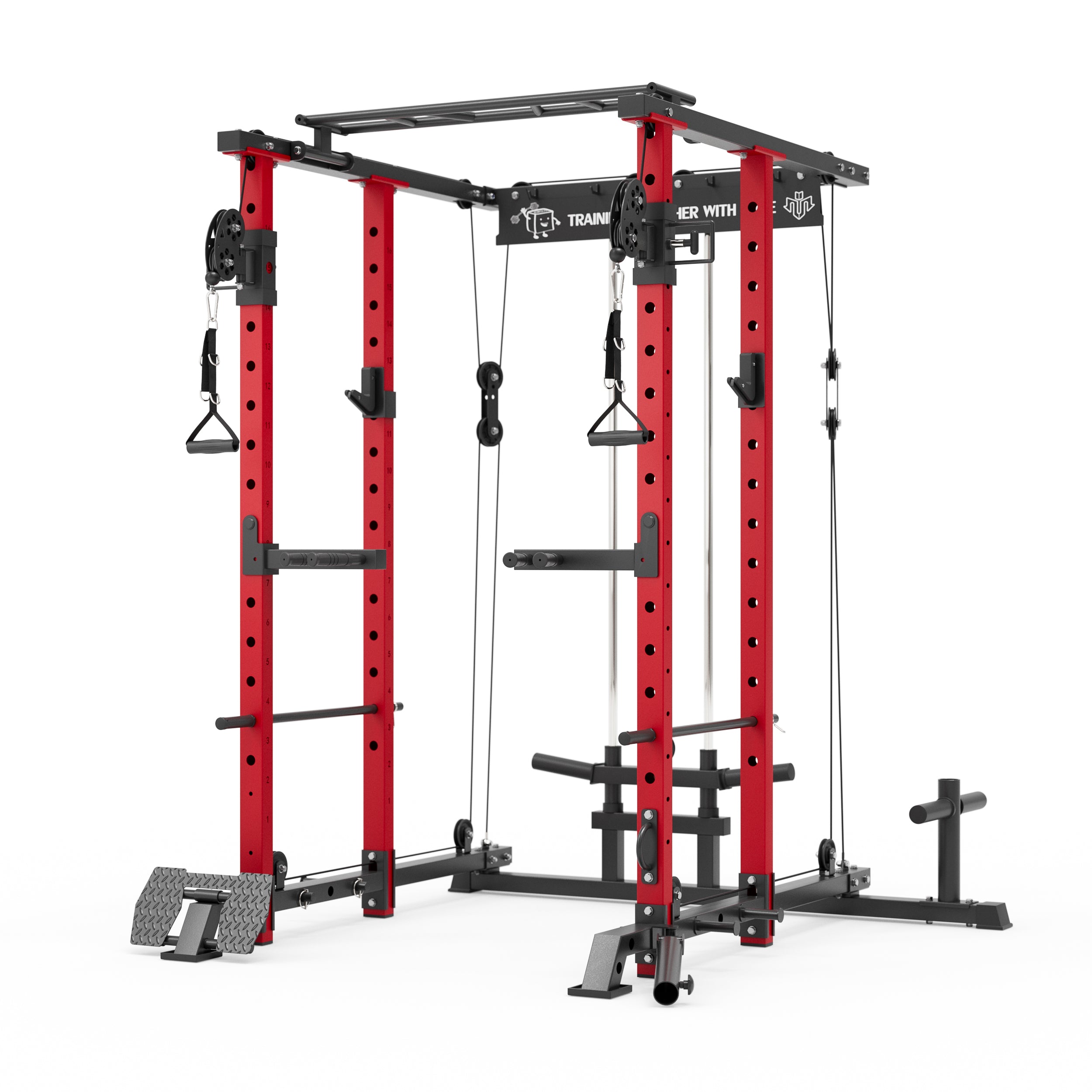



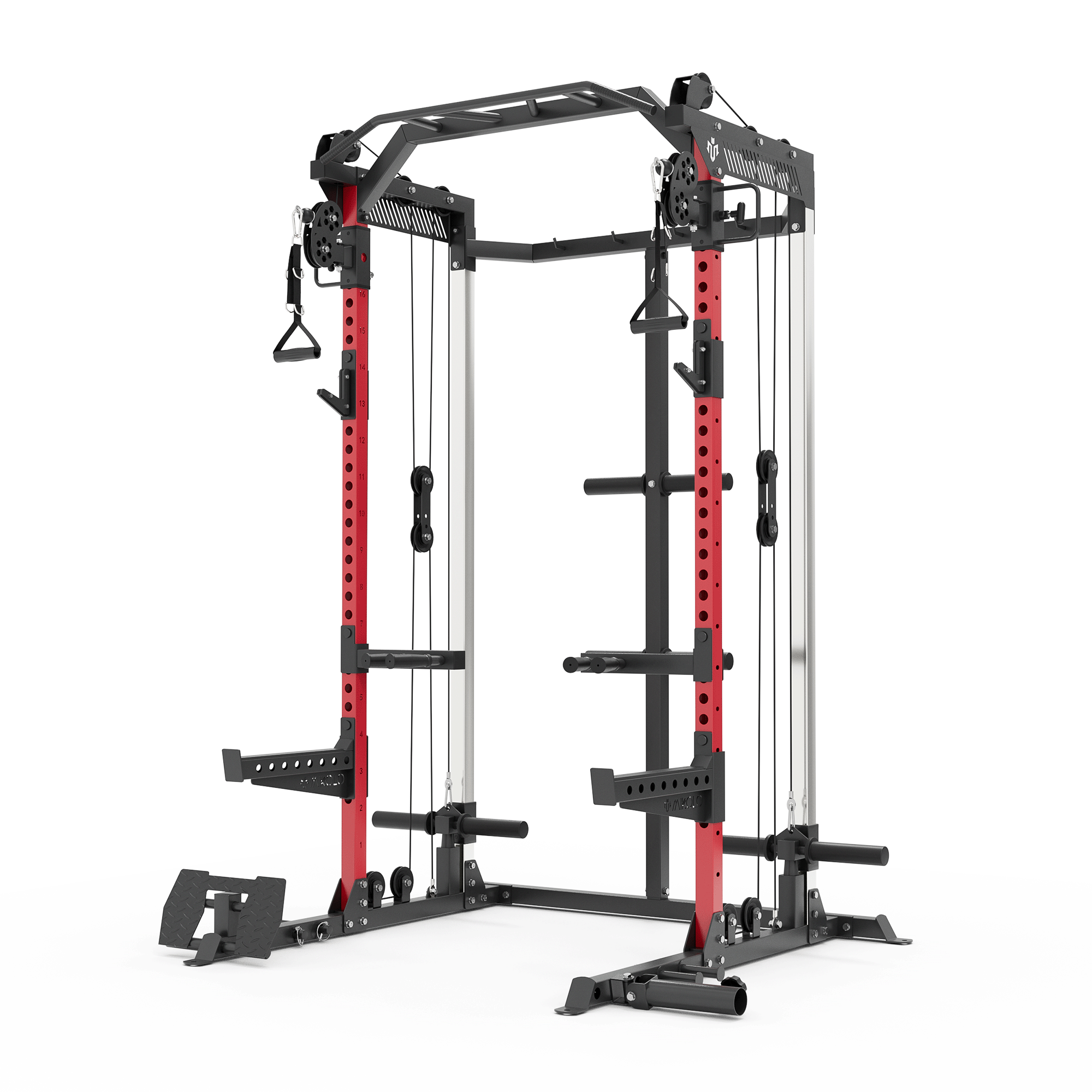
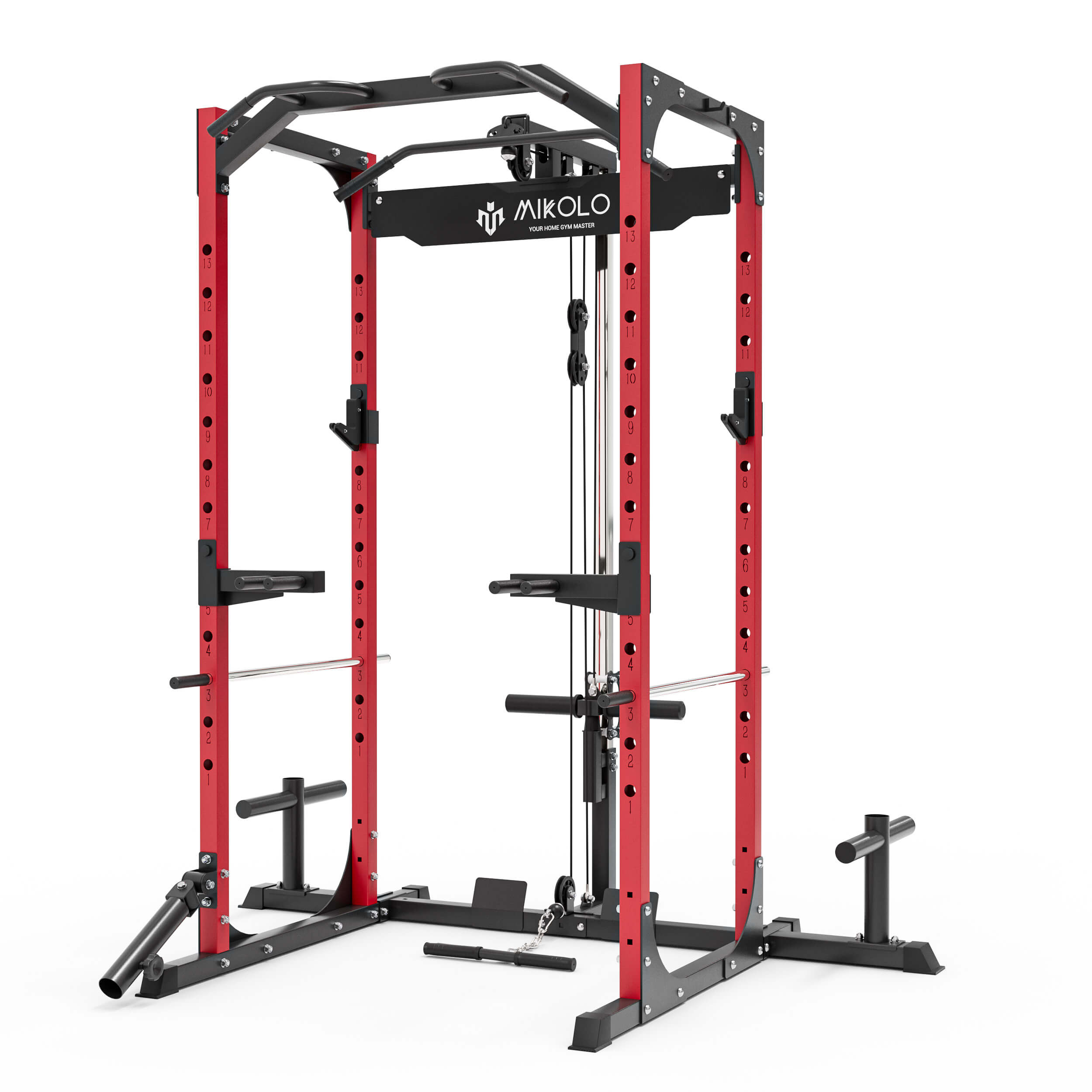






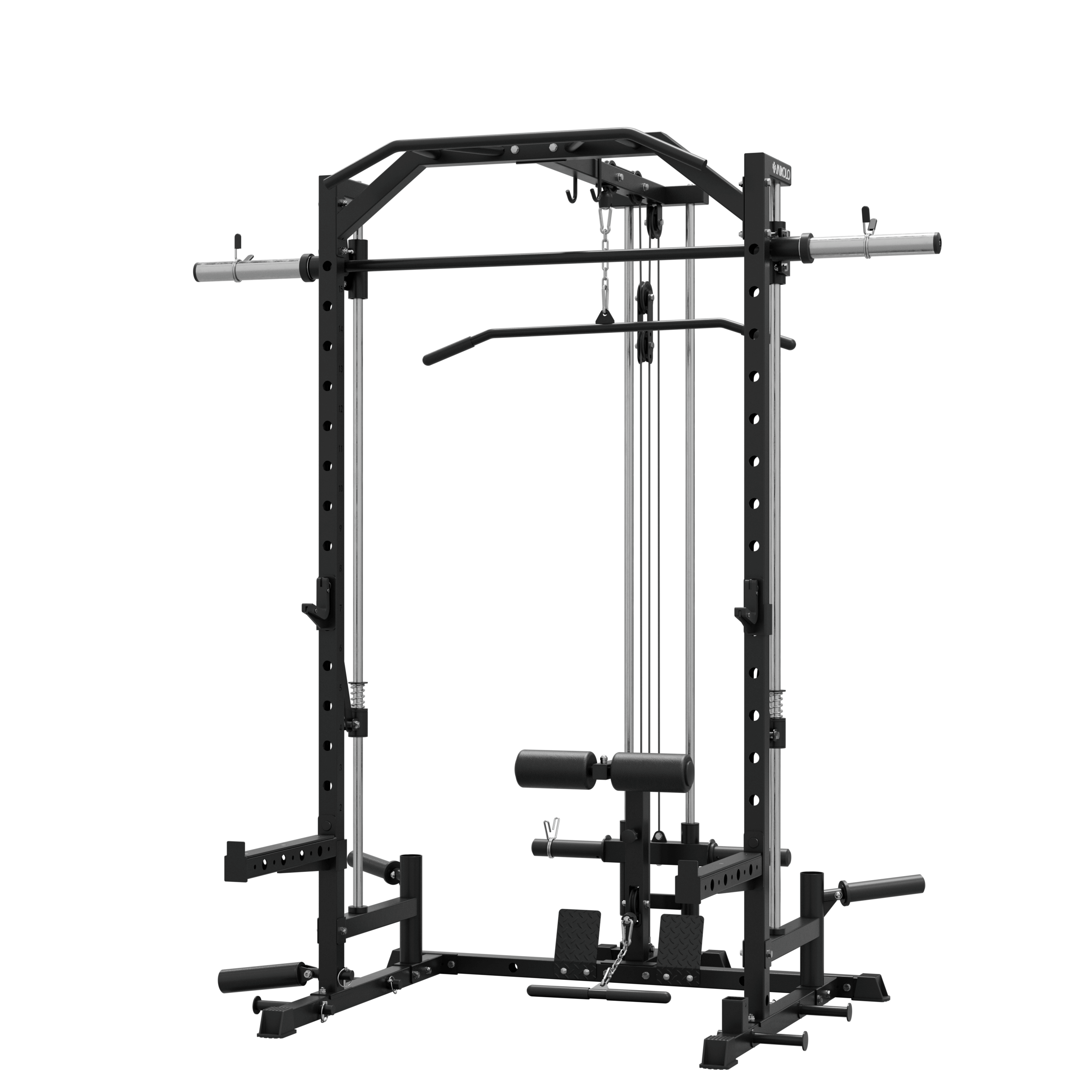
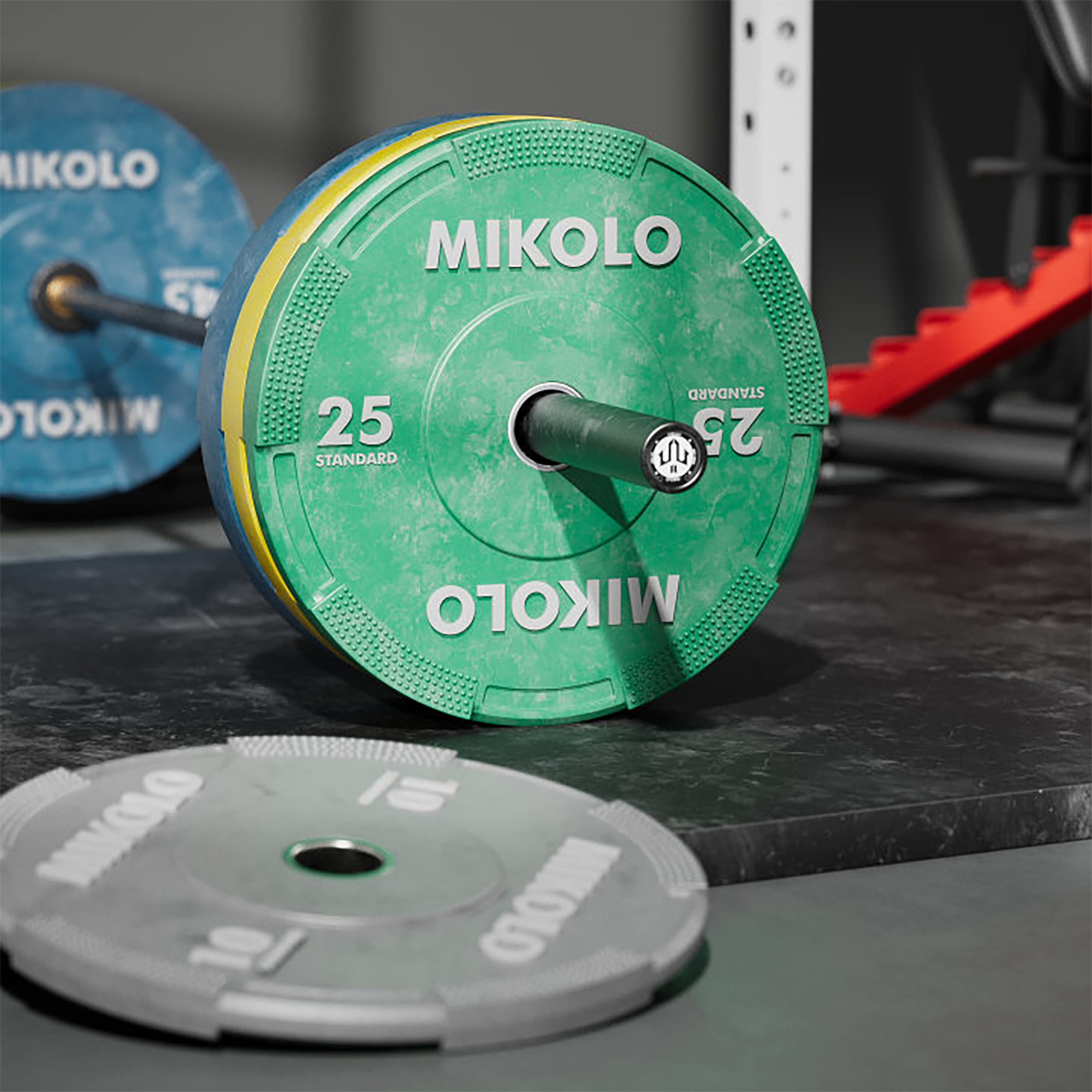
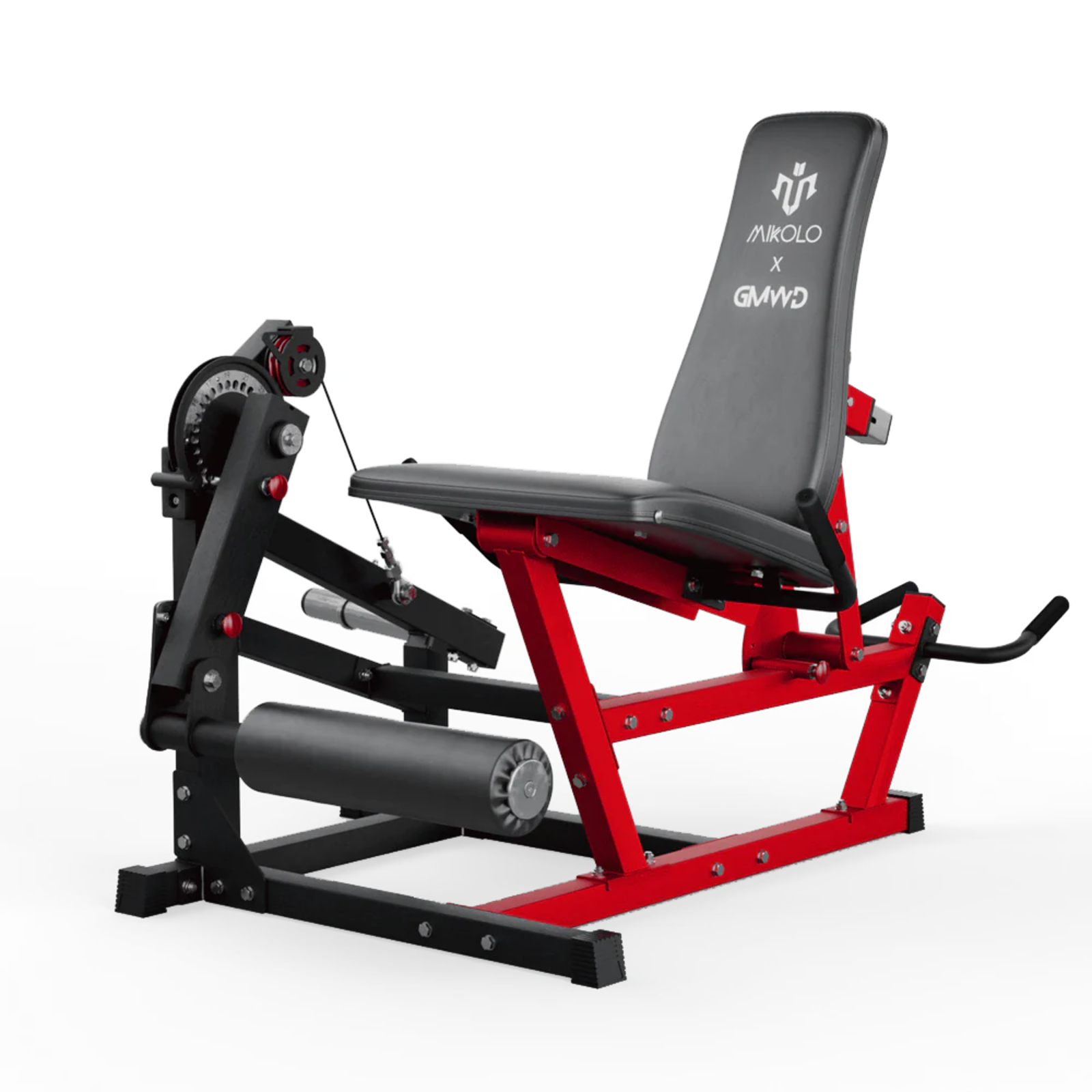

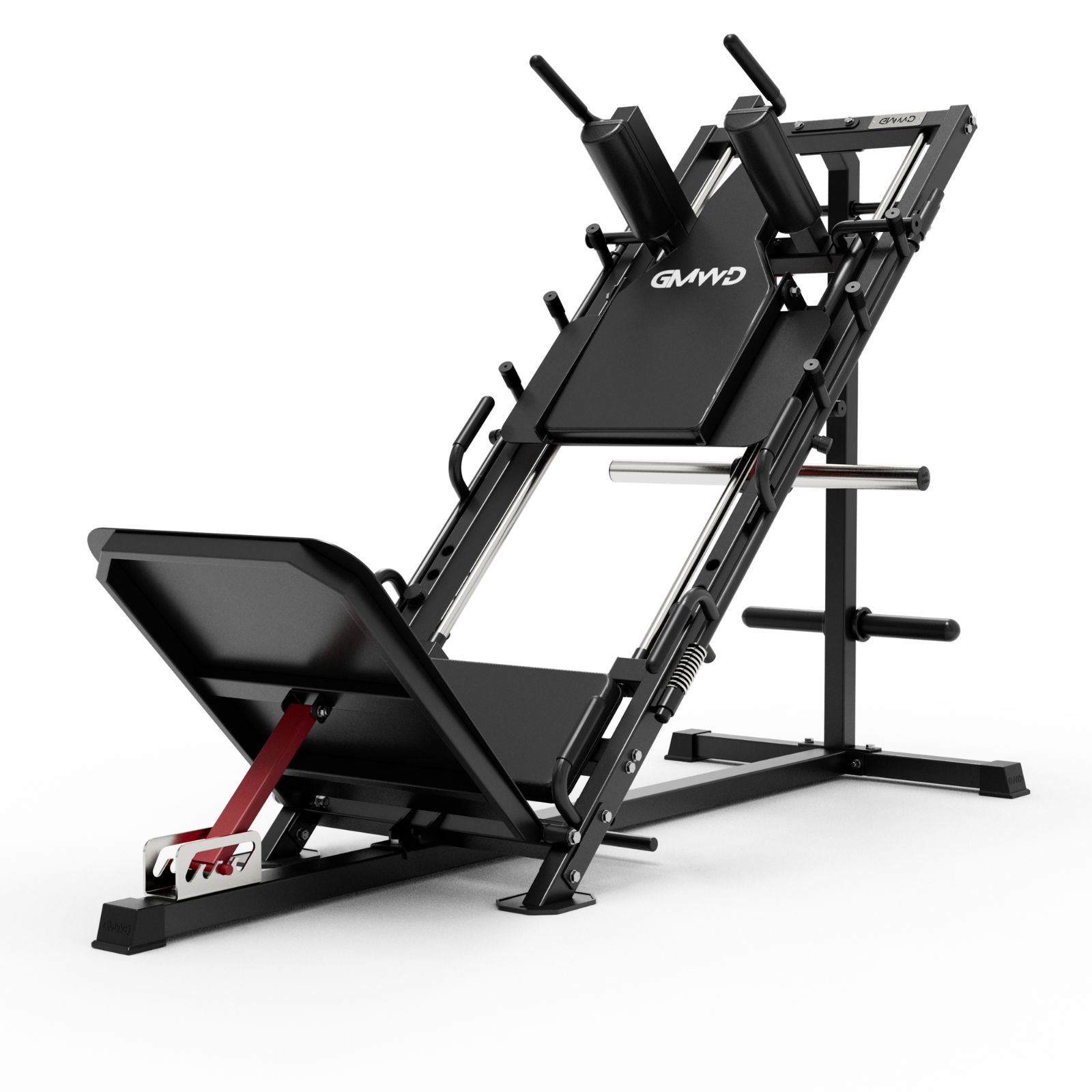


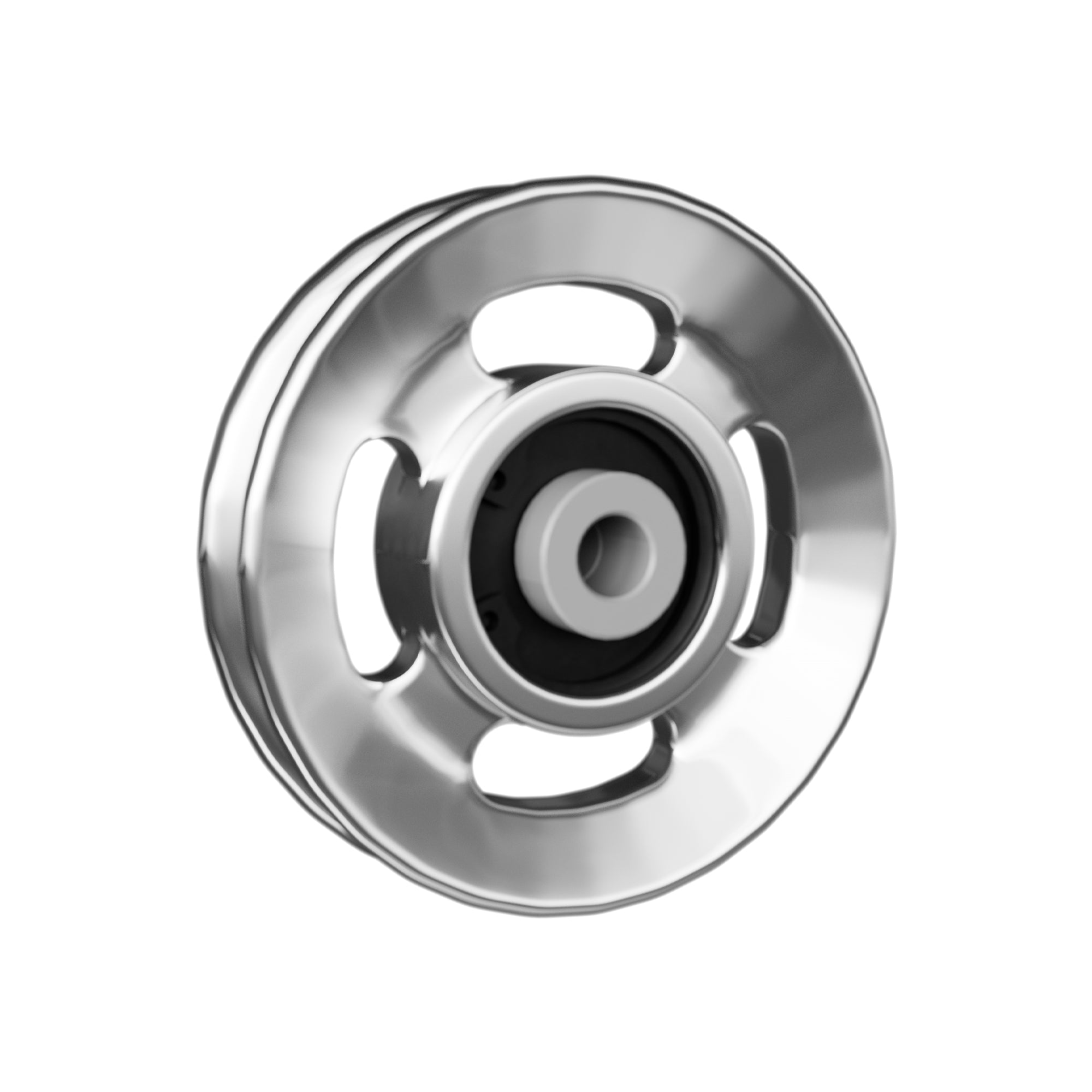
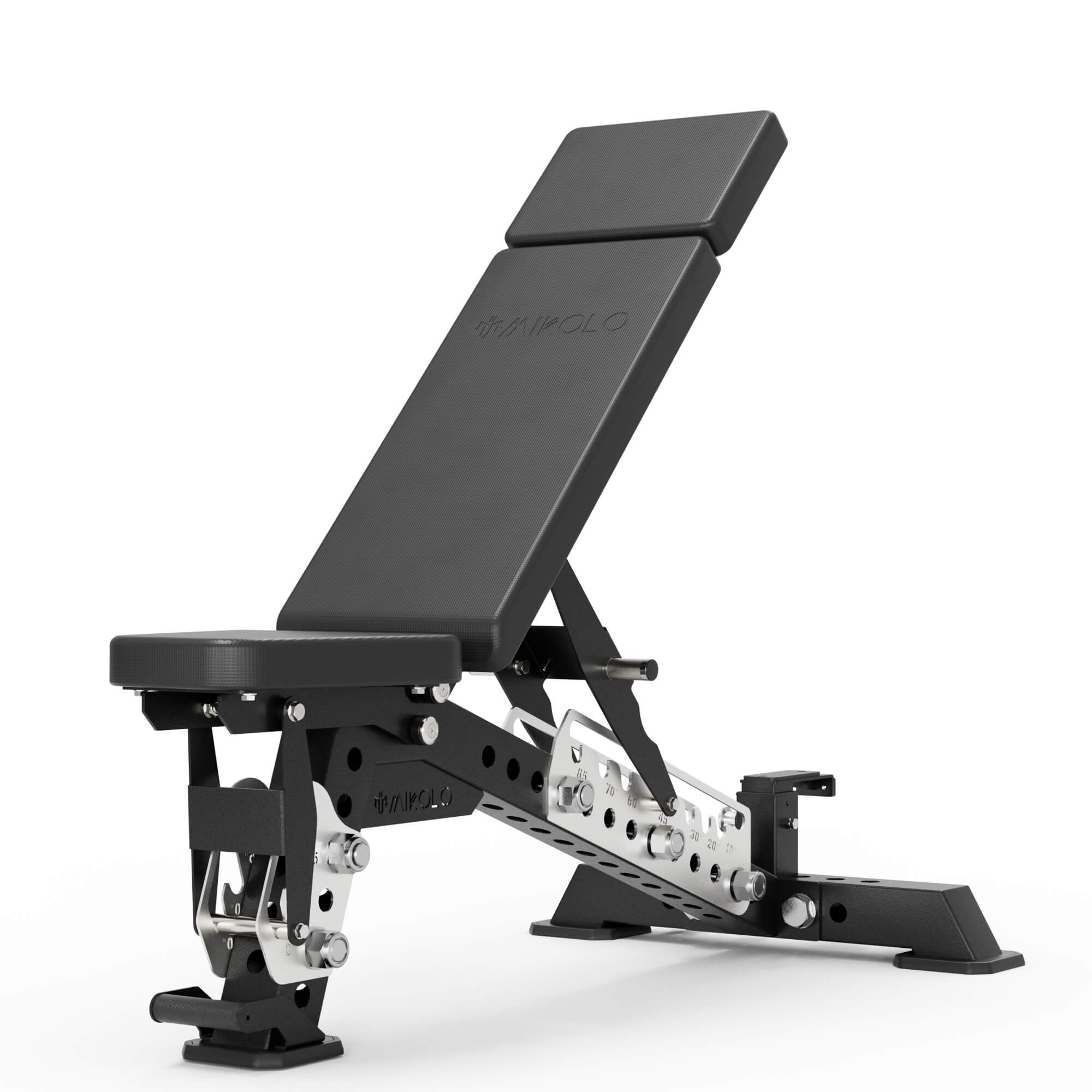
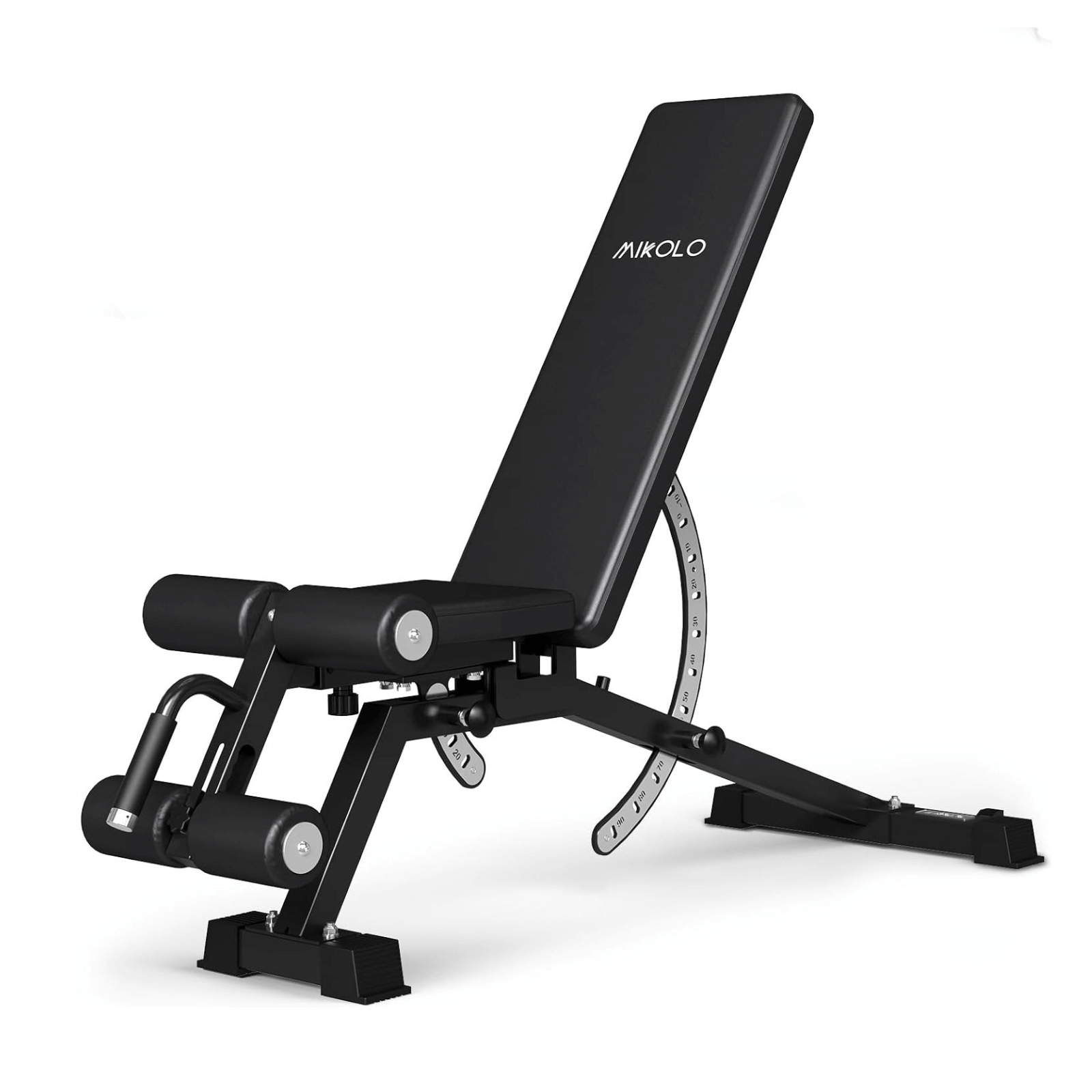

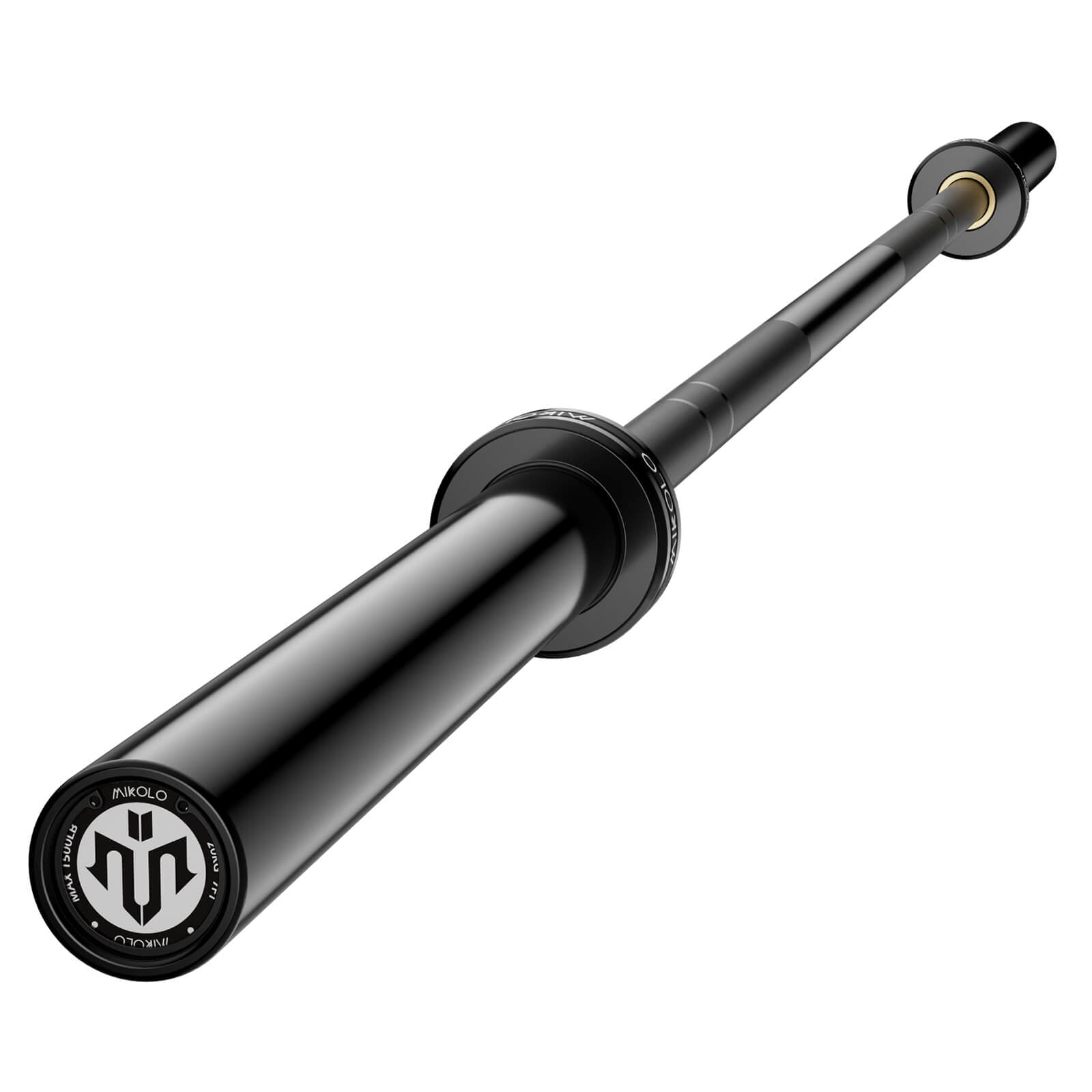
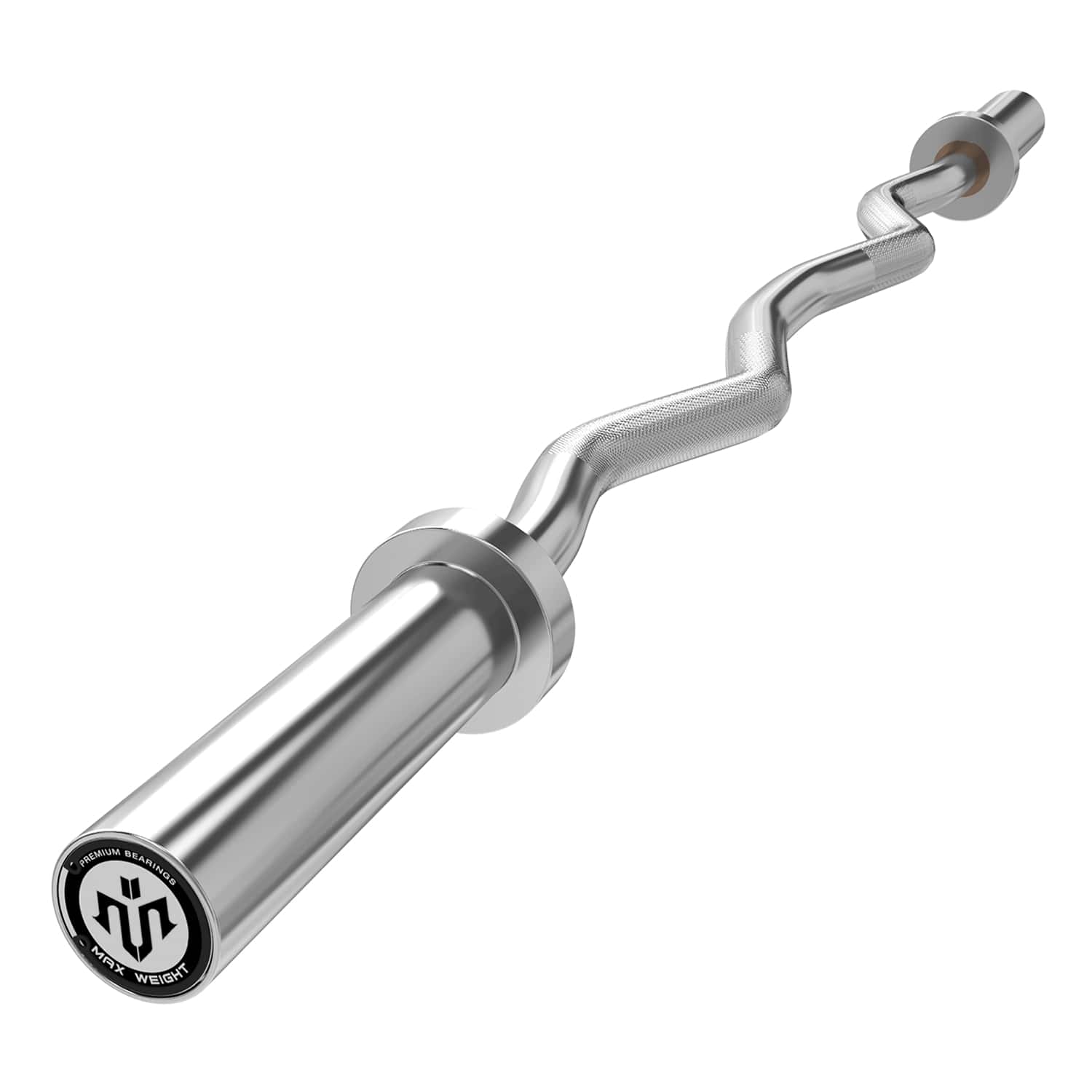
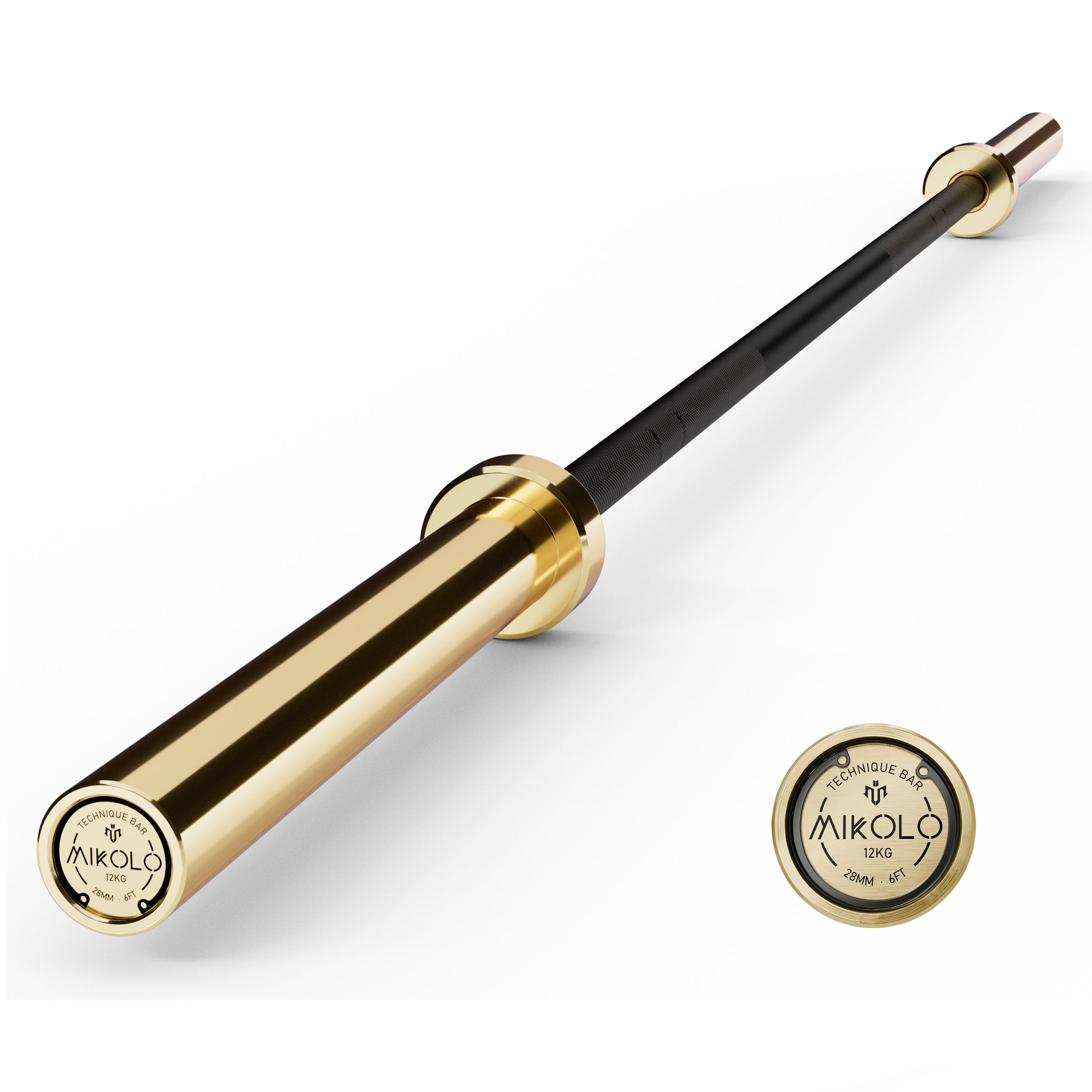
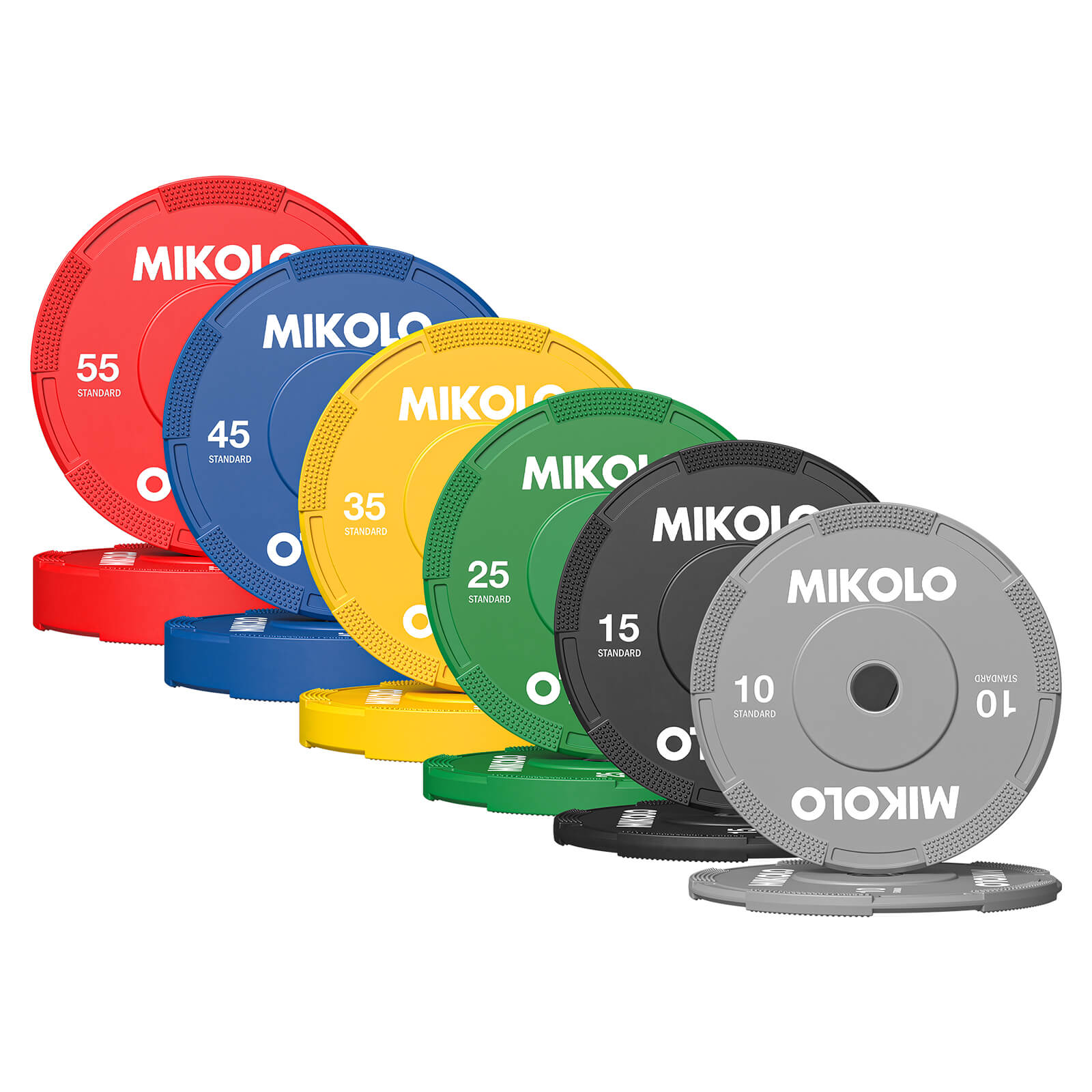
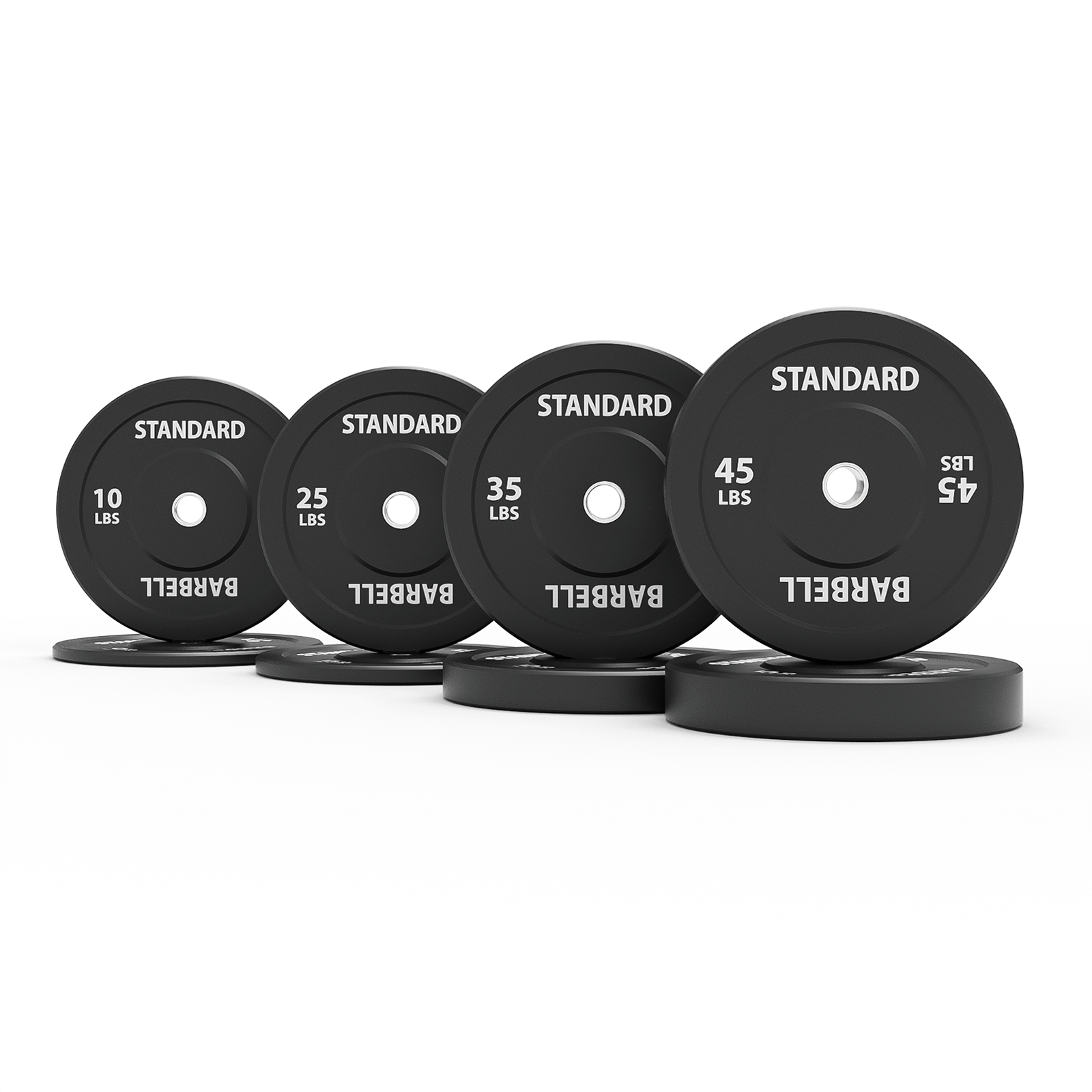
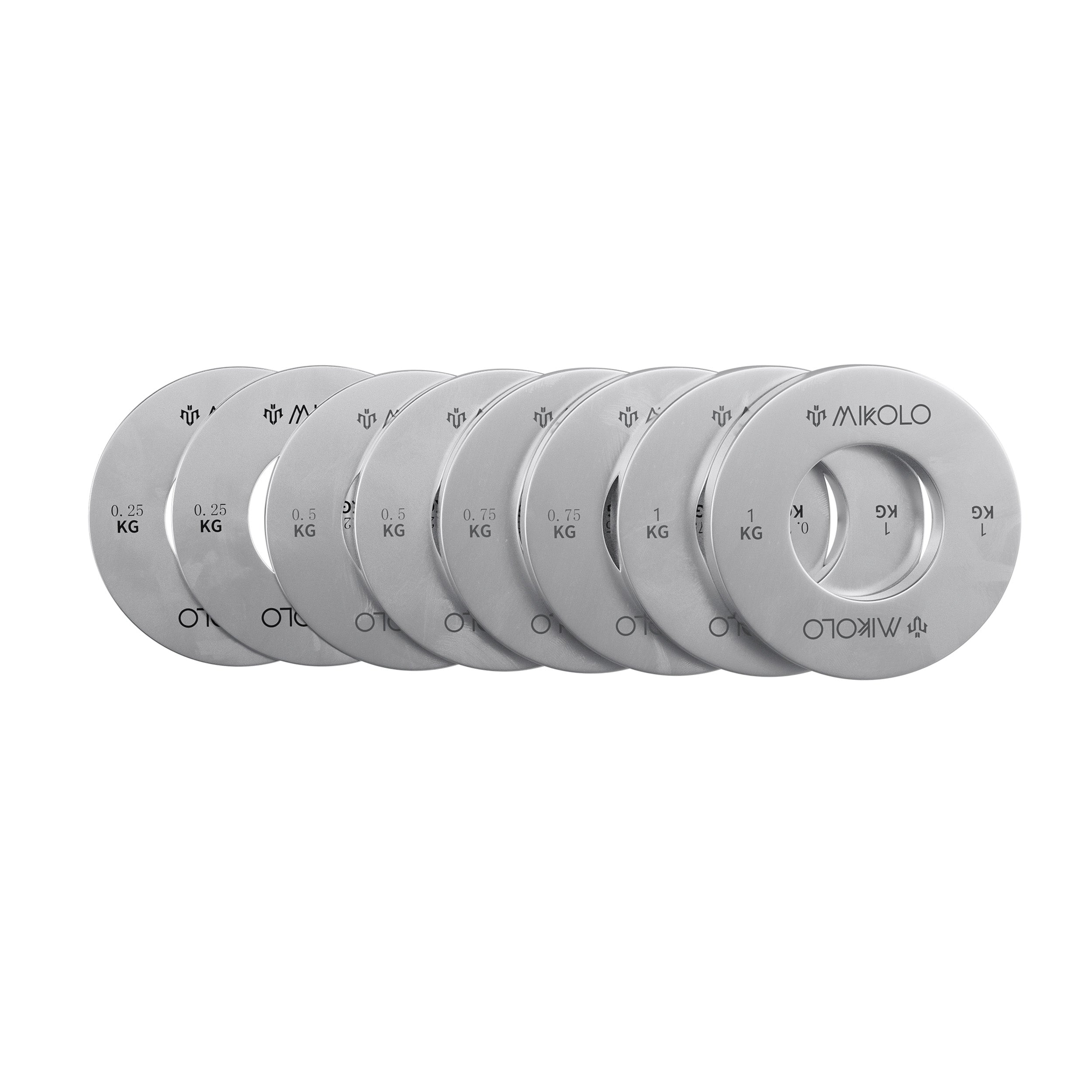


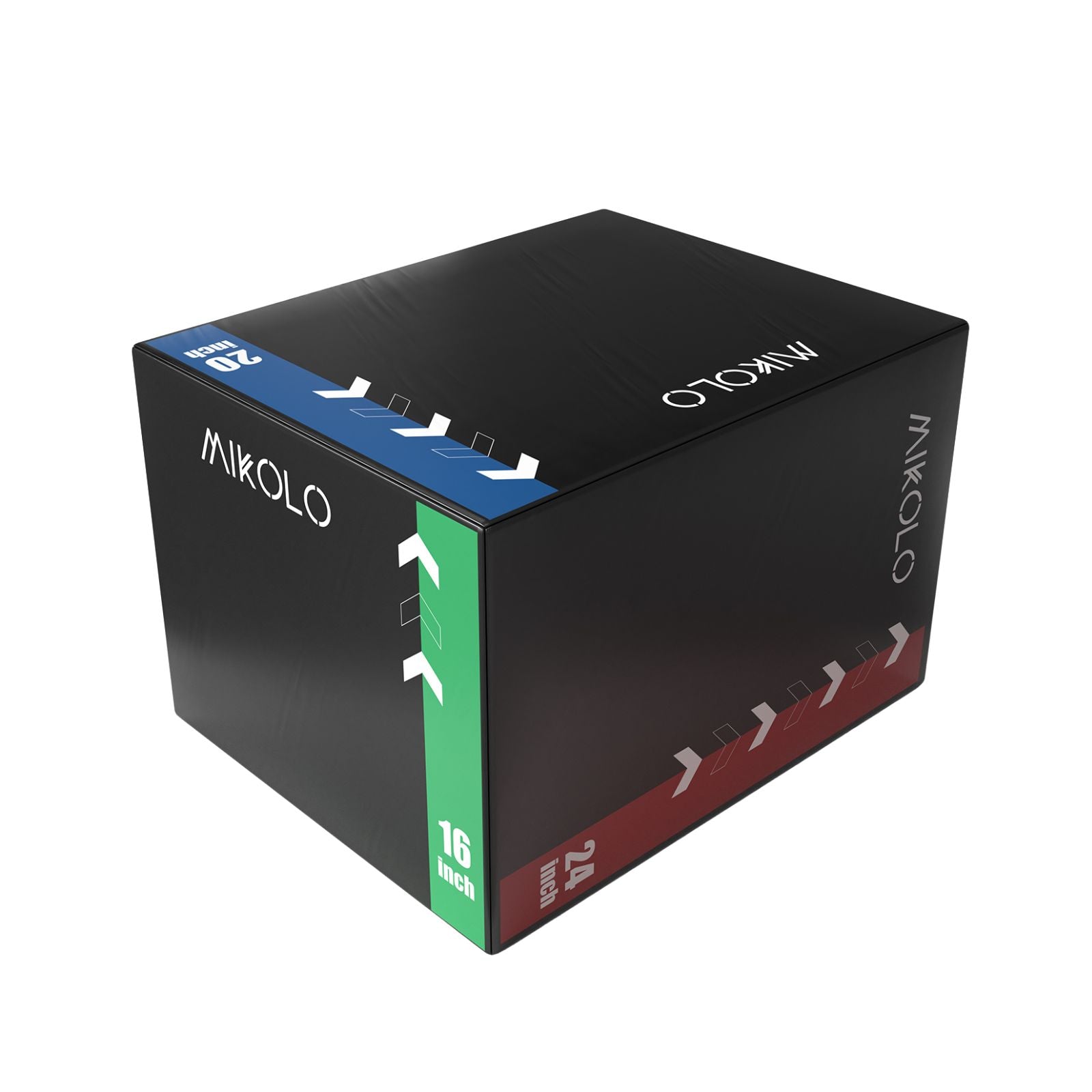
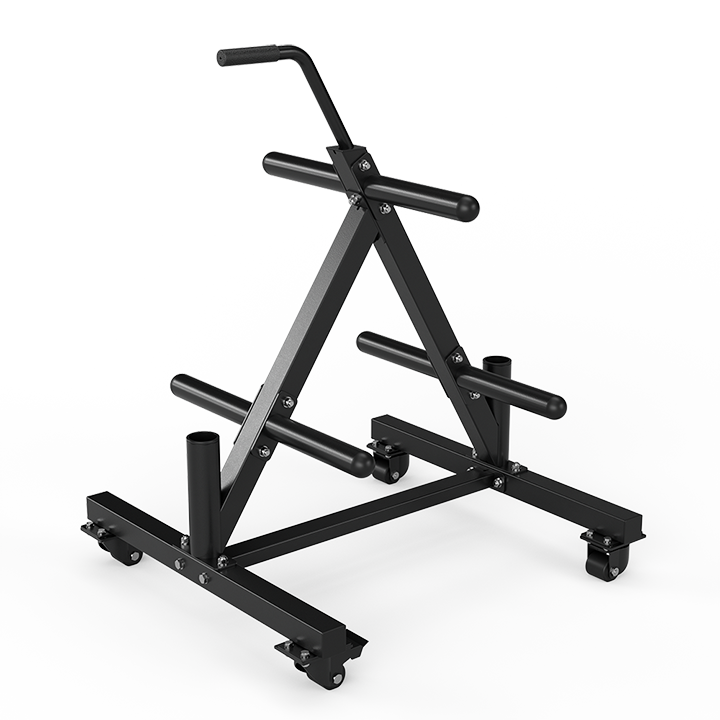





Leave a comment
This site is protected by hCaptcha and the hCaptcha Privacy Policy and Terms of Service apply.